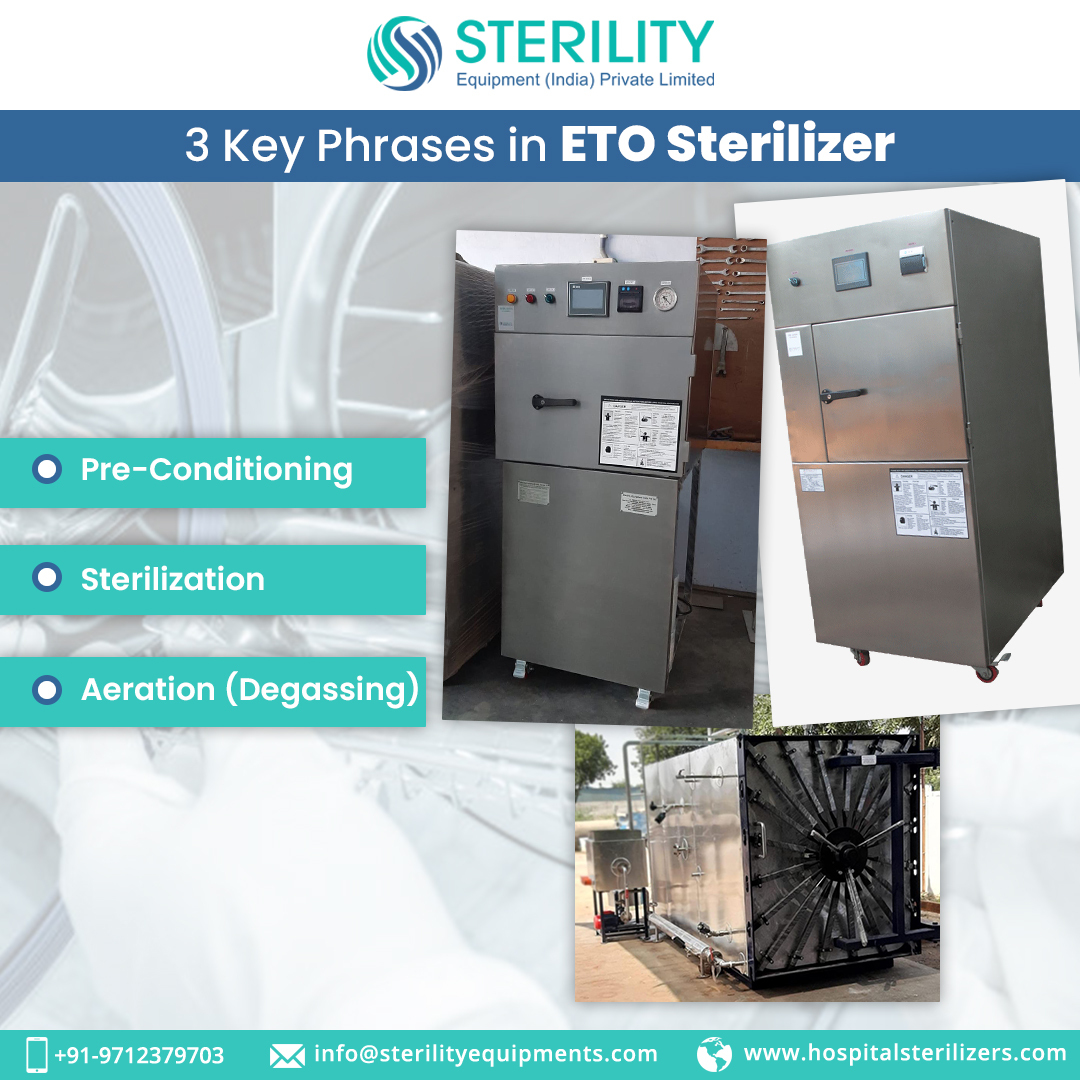Sterilization is a cornerstone of healthcare, ensuring that medical instruments, equipment, and devices are free from harmful microorganisms. In South Asian hospitals, where the demand for high-quality healthcare services is rapidly increasing, the role of hospital sterilizers has become even more critical.
Effective sterilization processes not only safeguard patient safety but also enhance the efficiency and credibility of healthcare facilities.
This article explores the significance of hospital sterilizers in South Asian hospitals, the various types of sterilizers used, and their role in meeting the unique challenges faced by healthcare providers in the region.
The Importance of Hospital Sterilization
Hospital sterilization is essential for:
- Preventing Healthcare-Associated Infections: Ensuring that surgical instruments and medical devices are sterile reduces the risk of infections.
- Complying with Health Standards: : Adhering to global sterilization standards builds trust and ensures compliance with regulatory guidelines.
- Extending Equipment Lifespan: Proper sterilization helps maintain the integrity of expensive medical equipment.
Unique Challenges in South Asian Hospitals
South Asia, home to a diverse and densely populated region, faces unique healthcare challenges:
- High Patient Volume: Hospitals in countries like India, Bangladesh, etc often experience overcrowding, increasing the demand for rapid sterilization cycles.
- Resource Constraints: Limited budgets make it challenging to invest in advanced sterilization equipment.
- Tropical Climate: High humidity and temperatures in the region can promote microbial growth, necessitating efficient sterilization practices.
Types of Sterilizers Used in Hospitals
EO Sterilizers for Hospitals
Ethylene Oxide (EO) sterilizers are essential for sterilizing heat-sensitive medical devices. These sterilizers:
- Operate at low temperatures, making them suitable for materials like plastics and polymers.
- Ensure complete sterilization by penetrating packaging and complex device surfaces.
- Are commonly used for surgical instruments, diagnostic devices, and implants.
ETO Sterilizers for Hospitals
Ethylene Oxide (EO) sterilizers are an advanced form of EO sterilizers, offering:
- Automated control systems for precision.
- Enhanced safety features to handle the potentially hazardous ethylene oxide gas.
- Effective sterilization of bulk medical supplies, making them ideal for high-demand hospitals.
Hospital Sterilizer Machines
These machines are versatile and cater to the diverse needs of a hospital. They include:
- Autoclaves: Use high-temperature steam to sterilize surgical tools.
- Dry Heat Sterilizers: Ideal for instruments that can withstand high heat but not moisture.
- Gas Plasma Sterilizers: A modern alternative to EO sterilizers, using hydrogen peroxide plasma for sterilization.
Sterilization Equipment for Hospitals
Importance of High-Quality Equipment
Investing in advanced sterilization equipment ensures:
- Faster turnaround times, accommodating the high patient volume.
- Consistency in sterilization results, meeting global standards.
- Lower maintenance costs and improved equipment lifespan.
Role of Stainless Steel EO Sterilizers
Stainless steel EO sterilizers are particularly beneficial for South Asian hospitals as they:
- Resist corrosion in humid conditions.
- Are durable, providing long-term reliability.
- Offer superior thermal stability, ensuring efficient sterilization cycles.

Sterilization in South Asian Hospitals
Addressing Overcrowding
High patient volumes demand efficient sterilization cycles. Advanced sterilizers, with quick cycle times and high-capacity chambers, help manage this challenge effectively.
Combating Tropical Conditions
The warm and humid climate in South Asia accelerates microbial growth. Hospital sterilizers, such as EO and ETO models, provide effective sterilization even for challenging conditions, ensuring safety and hygiene.
Reducing Health Care Infections
Healthcare-Associated Infections are a significant concern in South Asia. Regular sterilization of medical devices, surgical tools, and hospital equipment using EO sterilizers significantly reduces the risk of these infections.
Role of Hospital Sterilizer Manufacturers and Suppliers
Meeting Regional Needs
Manufacturers in South Asia offer customized solutions tailored to the unique requirements of the region, including:
- Compact models for small hospitals and clinics.
- High-capacity machines for urban healthcare centers.
- Cost-effective sterilizers for budget-constrained facilities.
Providing Training and Support
Leading manufacturers and suppliers ensure that hospital staffs are well-trained in sterilization procedures, enhancing the effectiveness and safety of sterilization processes.
Modern Innovations in Hospital Sterilization
Automation
Automated sterilizers reduce human intervention, ensuring precision and consistency. Features like real-time monitoring and data logging help maintain compliance and improve efficiency.
Eco-Friendly Solutions
With increasing environmental concerns, eco-friendly sterilizers that minimize gas emissions and energy consumption are gaining popularity.
Portable Sterilizers
Smaller, portable sterilizers are ideal for rural and remote healthcare facilities in South Asia, where infrastructure and space may be limited.
Benefits of Investing in Hospital Sterilizers
- Enhanced Patient Safety: Reduces infection risks, ensuring better healthcare outcomes.
- Improved Operational Efficiency: Faster cycles and automated systems save time and labor.
- Compliance with Global Standards: Builds trust and credibility with patients and regulatory bodies.
Conclusion
Hospital sterilizers play an indispensable role in ensuring patient safety and operational efficiency in South Asian hospitals. From combating the challenges of overcrowding and tropical climates to meeting the growing demand for high-quality healthcare, these sterilizers are a vital part of modern medical practices. By investing in advanced sterilization equipment and adhering to stringent quality standards, South Asian hospitals can continue to improve healthcare delivery and achieve better patient outcomes.






